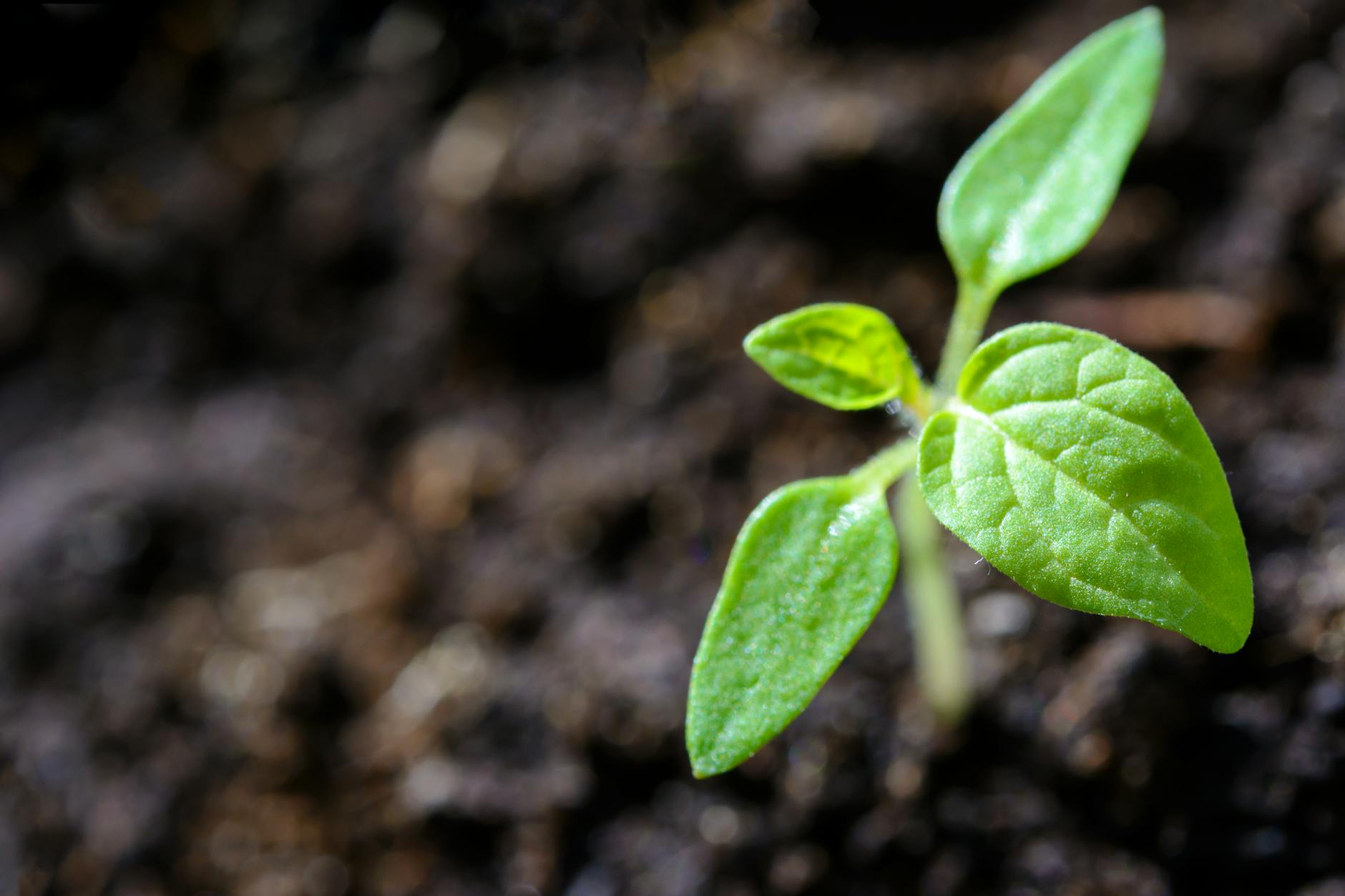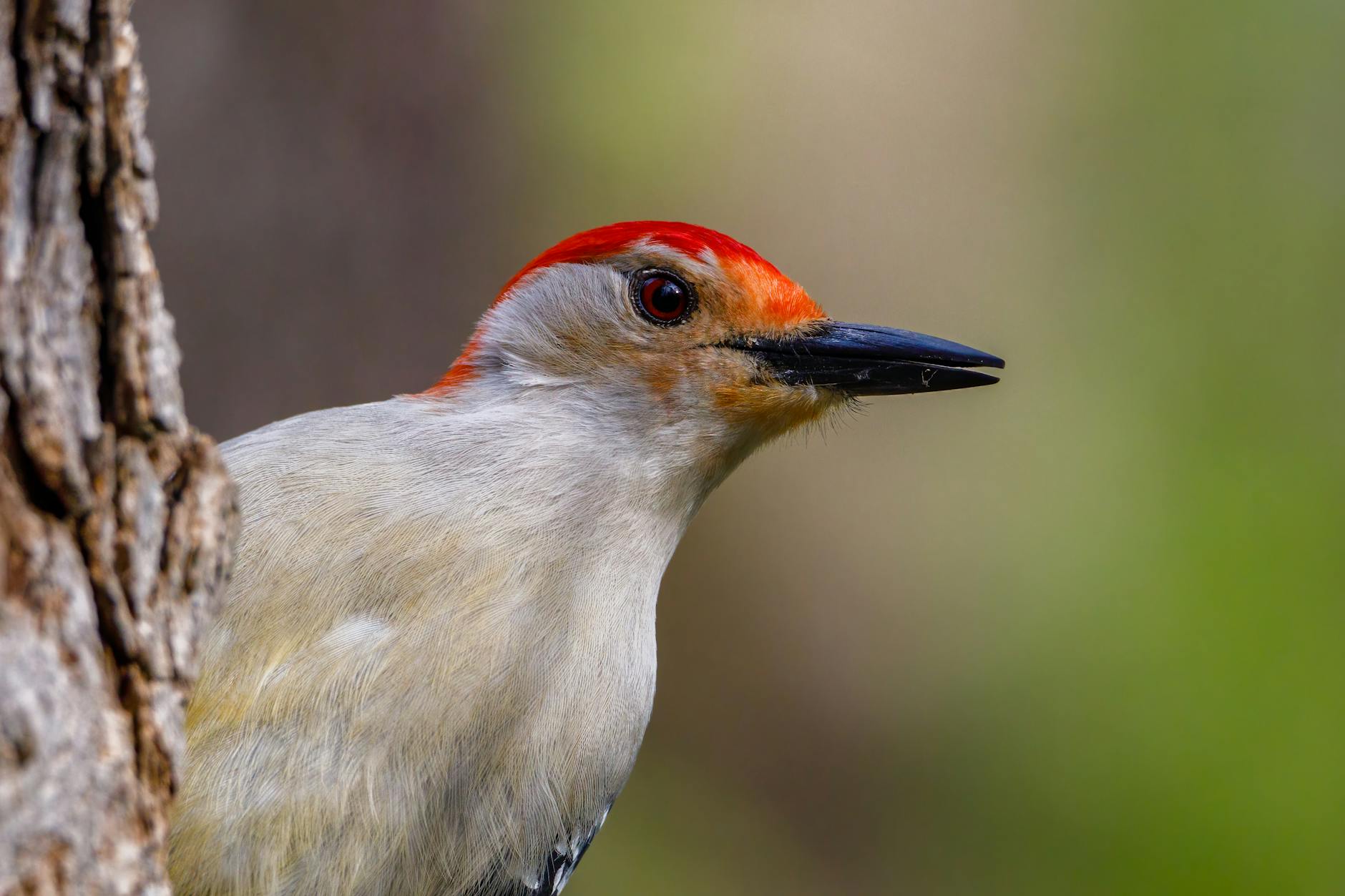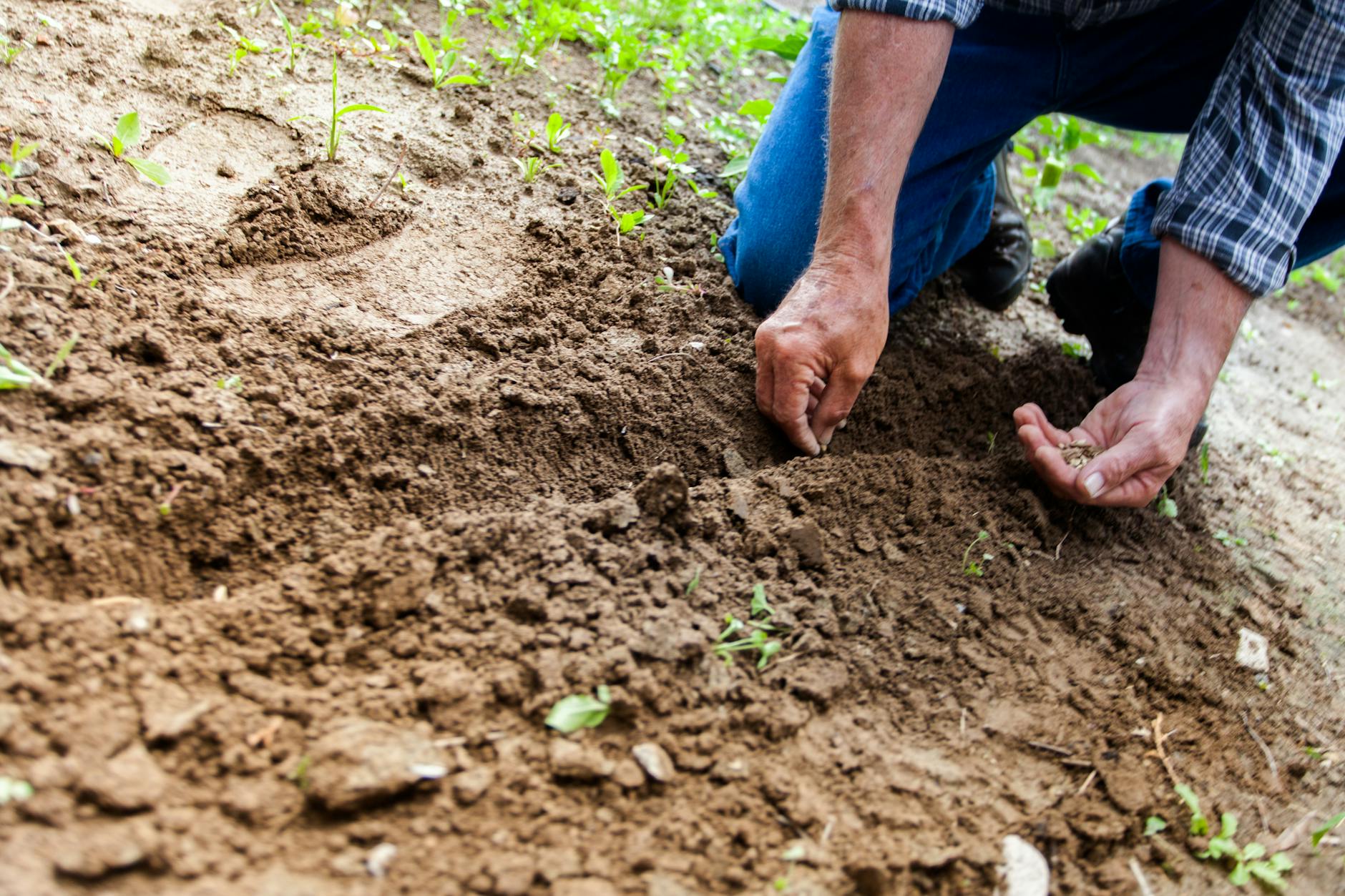The Importance of Native Plants in Wetlands for Water Filtration and Habitat Restoration
Wetlands are among the most precious and overlooked ecosystems on Earth. These areas—whether marshes, swamps, or bogs—serve as natural water filters, regulate floods, and offer critical habitat for countless species. Yet, many people don’t realize that at the heart of healthy wetlands, there’s a quiet but powerful connection: native plants. These plants are more than just beautiful additions to our landscapes; they are the lifeblood of wetland ecosystems. By filtering water, stabilizing soil, and creating habitats, they play an indispensable role in maintaining the balance of nature.
Understanding Wetlands and Their Ecological Importance
Before we dive into the specific role native plants play in wetlands, let’s take a moment to appreciate what makes wetlands so essential. These ecosystems are natural buffers, preventing flooding by absorbing excess water, and they are a haven for a wide range of species, from amphibians to migratory birds. Wetlands also help to store carbon, making them critical in the fight against climate change. But what truly makes wetlands thrive? The plants that call these areas home.
The Role of Native Plants in Wetland Health
Native plants are uniquely adapted to the specific conditions found in wetlands. They have evolved over time to thrive in waterlogged soils, resist flooding, and endure harsh conditions. These plants are also integral to the health of the wetland itself, with their roots playing a pivotal role in stabilizing the soil. Without native plants, wetlands would be prone to erosion, and the water would become murkier and less healthy.
These plants don’t just survive—they actively contribute to the ecosystem’s well-being. For example, native sedges, rushes, and grasses absorb excess nutrients, improving water quality and ensuring that the wetland remains healthy for both plants and animals.
Water Filtration: Native Plants as Nature’s Filter
Native plants are nature’s filter. They have an incredible ability to clean and purify water by trapping pollutants in their roots and stems. Plants like cattails, bulrushes, and sedges are particularly effective in wetland environments because of their dense root systems, which trap sediments and excess nutrients, such as nitrogen and phosphorus, before they can reach larger bodies of water.
In fact, many wetland restoration projects rely on these plants to remove harmful substances from polluted water. By restoring native plants to wetlands, we can enhance their ability to filter out contaminants, ultimately improving the water quality for surrounding ecosystems and human communities alike.
Restoring Wetlands with Native Plants
Wetland restoration is a critical effort to combat the loss of these valuable ecosystems, and native plants are the cornerstone of these efforts. When restoring a wetland, planting native species is the first step toward revitalizing the area. Native plants provide essential structure, promote biodiversity, and help re-establish the natural hydrology of the wetland.
Starting a restoration project might feel overwhelming, but it doesn’t have to be. With careful planning, you can reintroduce native plants and watch the wetland begin to heal. Whether it’s a community project or a personal endeavor, the process is the same: choose appropriate native species, ensure the correct planting techniques, and be patient as nature does its work.
The Bigger Picture: Why Protecting Wetlands and Native Plants Matters
Wetlands are under constant threat, from urban sprawl to climate change, invasive species, and pollution. As these areas are destroyed, we lose not just the plants but the animals, water filtration services, and carbon storage they provide. Protecting wetlands and reintroducing native plants is a way to fight back against these threats.
But it’s not just about the wetlands themselves. Wetlands are interconnected with the broader ecosystem. By protecting them, we protect entire habitats. And by supporting native plants, we strengthen these ecosystems in the face of growing challenges.
The Path Forward
Native plants are at the heart of healthy wetlands, providing invaluable ecosystem services such as water filtration and habitat restoration. As we continue to face environmental challenges, it’s more important than ever to protect these natural areas and the plants that sustain them. Whether you’re planting native species in your garden or participating in a local wetland restoration project, every effort counts. Together, we can make a difference in the fight to preserve these vital ecosystems.
As I reflect on the role that native plants play in our world, I’m reminded of their quiet strength. They may not always be in the spotlight, but their presence is essential to the health of our environment. There’s something profoundly beautiful in knowing that even small acts—whether planting a single native flower or supporting wetland conservation—add up to a meaningful impact. We all have a part to play in this shared journey, and together, we can create lasting change for the planet we call home.



